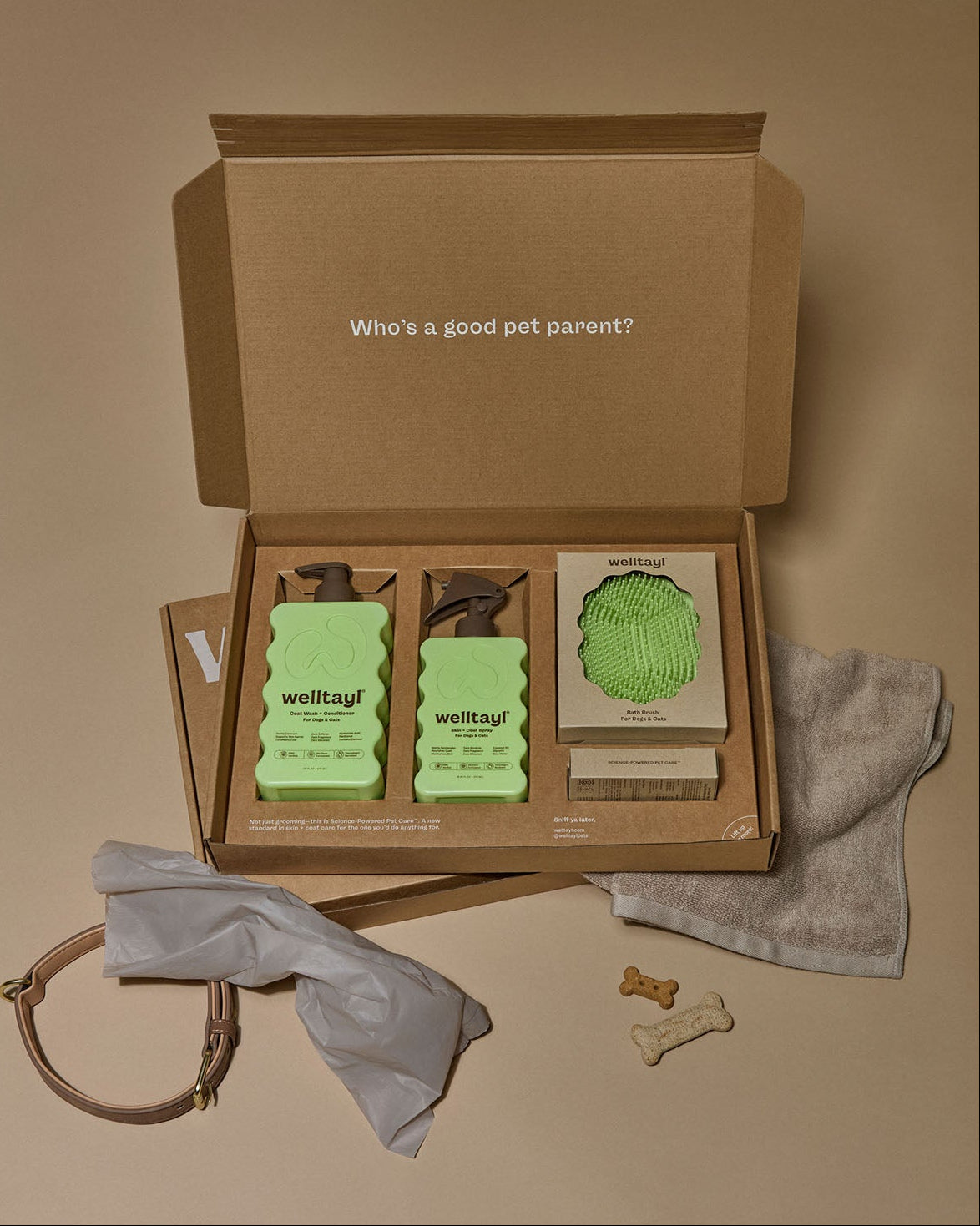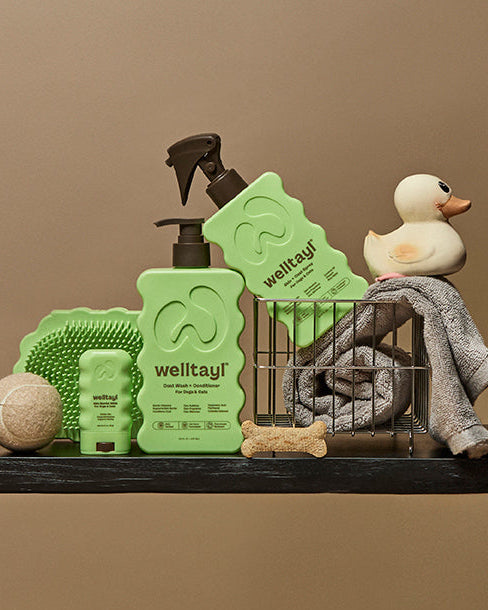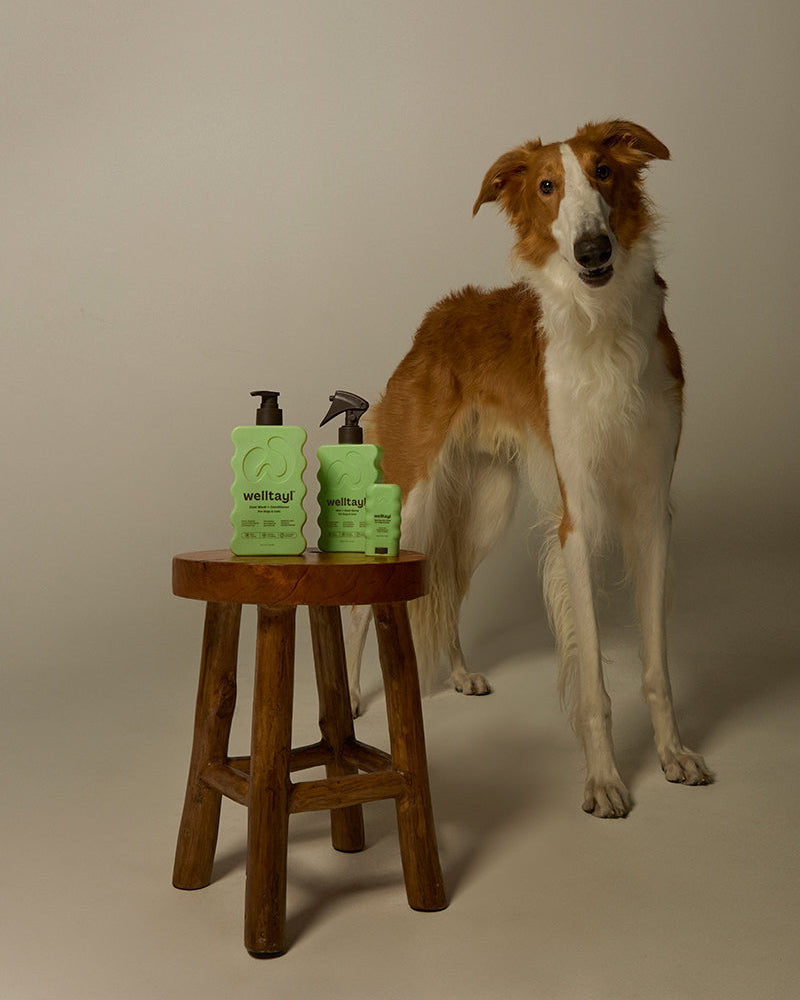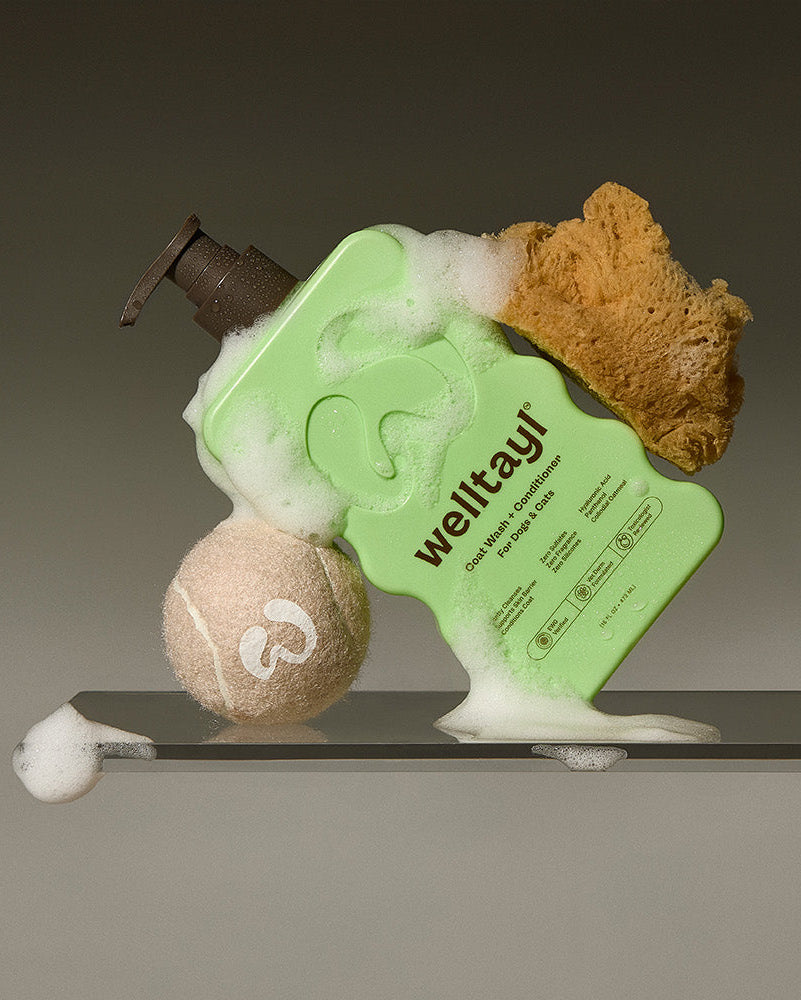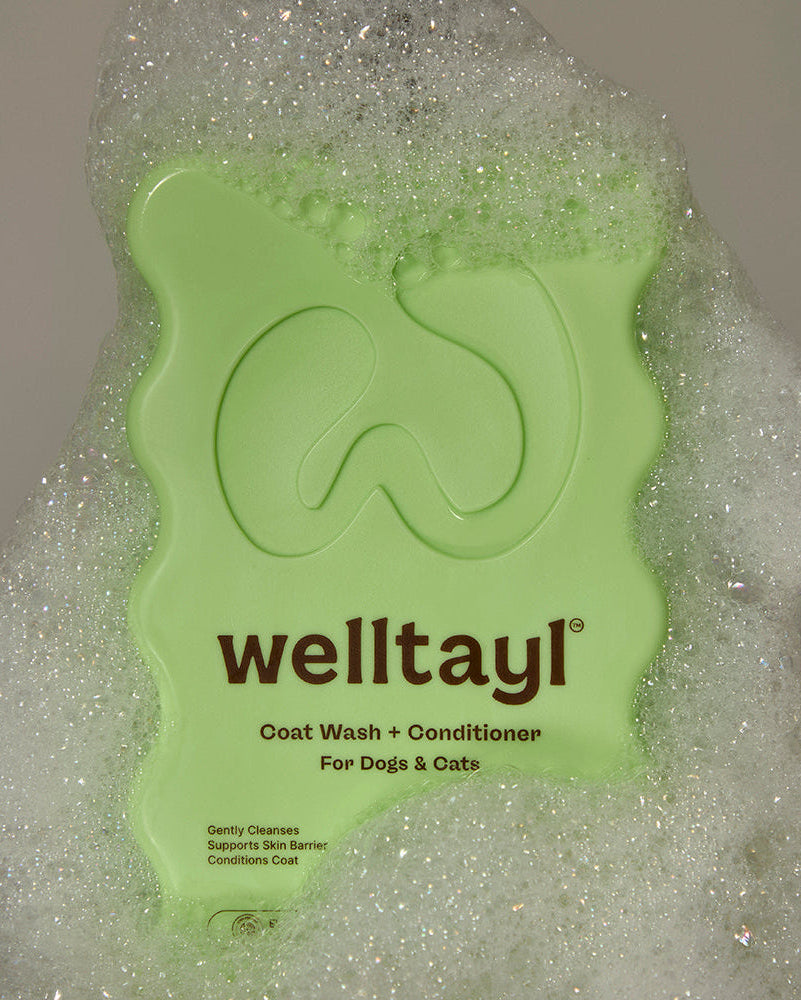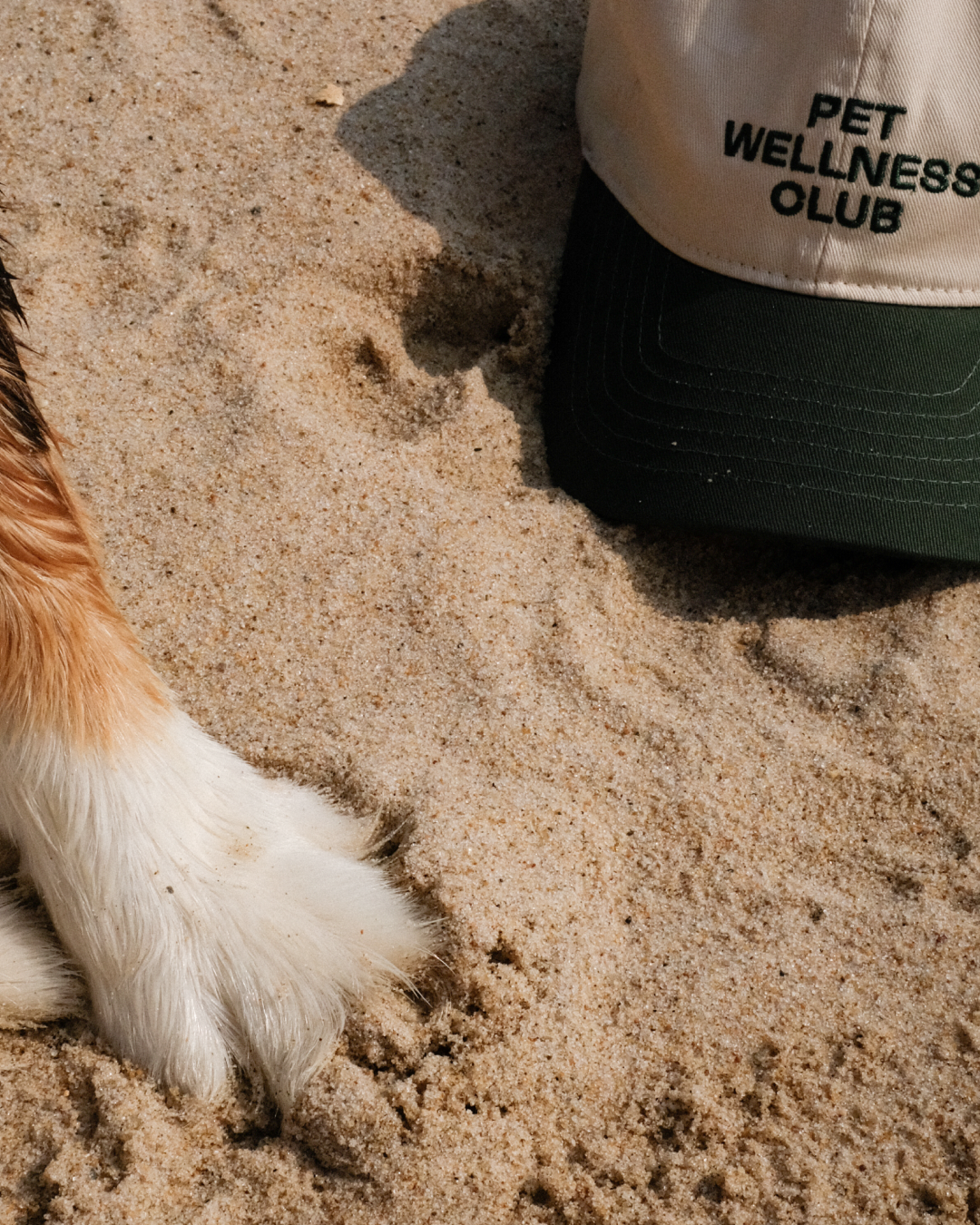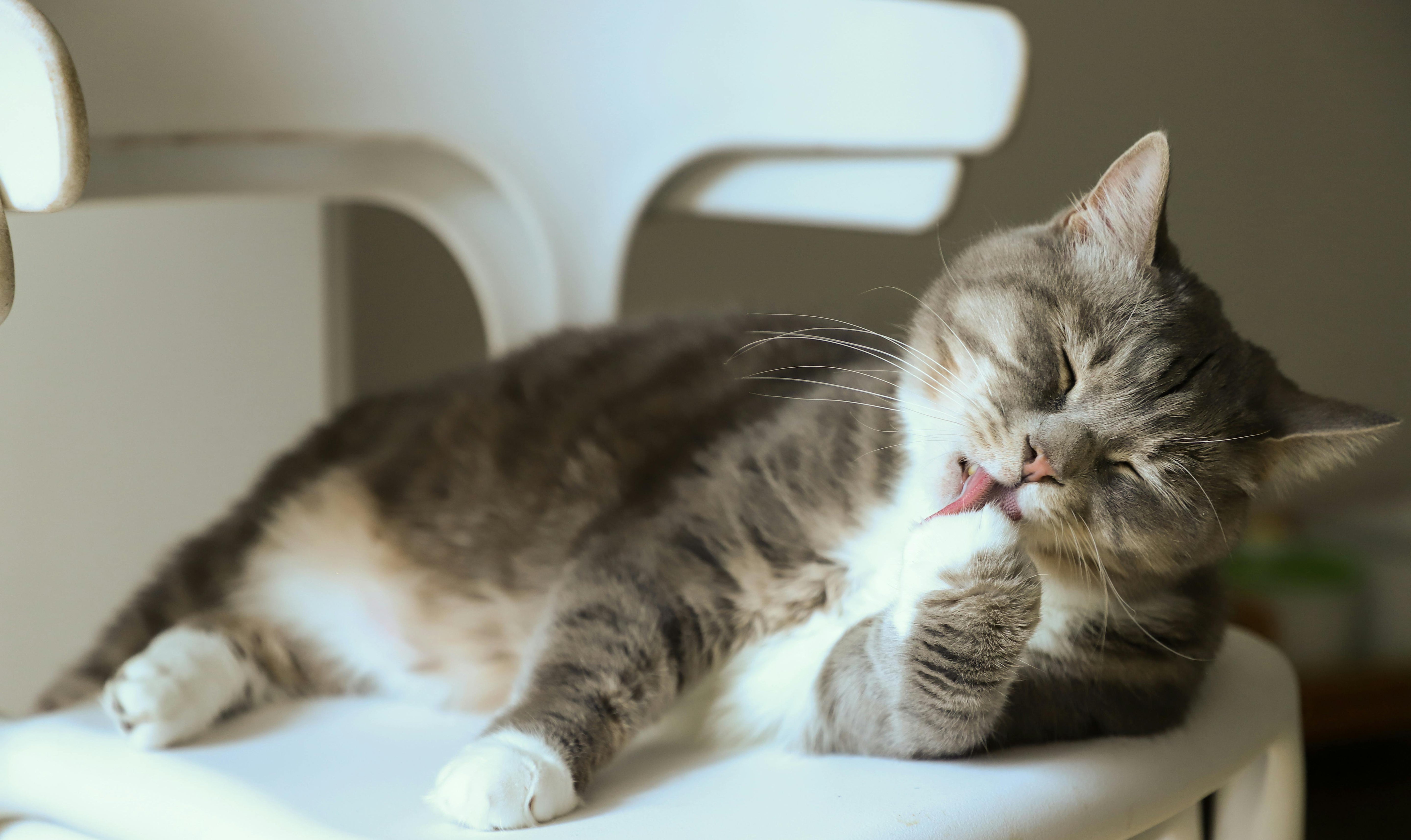Your cat’s paws might be small, but they do a lot of work! Whether your cat is leaping after a toy, prowling around the house, or simply stretching out for a nap, keeping their paws tended to is important. Just like how you might clean and care for your own hands and feet, your cat’s paws need some attention to stay healthy and comfortable.
Table of Contents:
- Key Takeaways
- Why Cat Paw Care Is Important
- 5 Essential Tips For Cat Paw Care
- Addressing Common Paw Issues
- Seasonal Paw Care Tips
- Conclusion
- Frequently Asked Questions
Key Takeaways
-
🐾 Regular paw care is essential for your cat's health, mobility, and comfort, helping prevent cuts, infection, and chronic discomfort.
-
🔍 Inspect and clean your cat's paws regularly to remove debris, dirt, and any substance that may cause irritation or injury.
-
🧴 Keep paw pads moisturized with cat-safe products to prevent cracking, and ensure your cat stays hydrated to maintain paw health.
-
✂ Trim your cat's nails every few weeks to avoid overgrowth, which can lead to discomfort or injury while scratching.
-
❗️ Recognize signs of paw issues, such as cuts, infection, or swelling, and consult a veterinarian promptly if symptoms persist or worsen.
Why Cat Paw Care Is Important
A cat’s paws are crucial for their everyday activities like walking, running, and jumping. Healthy paws provide balance, shock absorption, and traction, ensuring your cat moves safely and comfortably. If you've ever seen your cat stretch, knead, or climb, you're witnessing how essential their paws are to everyday life.
Paws house numerous nerve endings, making them highly sensitive. They help cats detect surfaces and temperatures, alerting them to potential dangers. A cut, puncture, or infection can cause significant discomfort and hinder their mobility. Proper care limits avoidable issues like overgrown nails or irritated skin caused by exposure to harsh surfaces.
Neglecting paw health can lead to infection or chronic discomfort. Dirt, litter box debris, or household cleaners can accumulate between or irritate their paw pads. Regular care ensures their paws remain clean, healthy, and free from preventable injury.

5 Essential Tips For Cat Paw Care
Your cat’s paws are delicate tools that require regular care to stay healthy and comfortable. Follow these tips to ensure your feline’s paws remain in great condition.
1. Cleaning And Inspection
Inspect your cat's paws regularly for lodged debris or injuries. Look between the toes and around the paw pads to identify cuts, scratches, or embedded objects like litter debris. Use a damp cloth to wipe their paws after they’ve explored outdoors or walked through dirty surfaces. Regular cleaning removes any potentially harmful substances that your cat could ingest while grooming.
Welltayl offers formulations specific for pets that provide the necessary protection without the risks associated with human grooming products.
2. Keeping Paws Hydrated And Moisturized
Keeping your cat well hydrated can reduce paw pad cracking. Moisturizing the paws themselves is beneficial too. Apply a light layer of a cat-safe moisturizer or balm twice weekly. Avoid essential oils, which can be toxic to cats. If their paws appear overly dry, consider fish oil supplements or ensuring they drink enough water daily.
3. Regular Nail Trimming
Trim your cat’s nails at least monthly to prevent overgrowth. Long nails can cause discomfort or injury while scratching, or can even grow into the paw pads. Use cat-specific nail clippers and focus on cutting only the sharp tips, being careful not to cut the quick. If you're unsure, ask your vet for a demonstration.
4. Protecting Paws From Harmful Surfaces
Protect your cat’s paws from rough, hot, or frozen surfaces to avoid cuts, burns, or frostbite. During extreme weather, encourage them to stay indoors. Provide paw-friendly areas like soft mats or rugs within your home. Inspect outdoor areas for hazards before letting them roam.
5. Providing Scratching Posts
Offer sturdy scratching posts to promote healthy scratching behavior and keep their nails strong. Scratching helps cats stretch their muscles and maintain proper nail health. Make sure scratching posts are placed in areas they frequent, like near resting spots or play zones.

Addressing Common Paw Issues
Cats use their paws for almost everything, making them prone to injury or other issues if not properly cared for. Regularly monitoring and addressing common paw problems ensures their comfort and health.
Recognizing Cuts, Cracks, Or Infection
Cuts
Inspect your cat's paws for cuts, especially after outdoor activities. Use mild soap to clean small wounds and remove visible foreign objects. If you notice swelling, discharge, or limping, consult your veterinarian.
Cracks
Persistent cracking of paw pads can signal underlying health issues. While you can moisturize with cat-safe products, ongoing problems should be evaluated by a veterinarian to rule out an underlying health condition.
Infection
Signs of infection include redness, swelling, and foul odors. If your cat's paw pad shows any of these signs or oozes discharge or causes noticeable discomfort, call your veterinarian to get your cat in for a visit.
When To Seek Veterinary Attention
Reach out to your veterinarian if your cat experiences any persistent swelling, limping, or severe wounds. If the paw pad shows signs of infection, such as pus or discoloration, quick action can prevent further complications. Situations involving embedded objects, severe unexplained pain, or visible bone exposure require immediate professional treatment.
Seasonal Paw Care Tips
Your cat's paws face different challenges throughout the year. Seasonal care ensures their paws stay healthy and protected, whether in high heat or chilly weather.
Summer Paw Protection
Summer heat can harm your cat's sensitive paw pads. To avoid burns or injuries, limit their outdoor time to cooler periods in the morning or evening. Inspect their paw pads after outdoor activities for burns, cuts, or debris like pebbles, thorns, or mud clumps. Maintaining indoor play areas during extreme heat ensures your cat's comfort and safety while still providing mental enrichment.
Winter Paw Care
Cold weather can dry out your cat's paw pads and cause discomfort. To protect them, restrict outdoor activities during freezing temperatures. Snow, ice, or salted roads can irritate or damage their paws, so wipe them clean when they come back inside. Applying a cat-safe paw balm helps lock in moisture, and reduces cracking, keeping their paws soft. Keep your cat indoors during icy conditions.
Conclusion
Your cat's paws play a vital role in their daily life, and giving them the care they deserve ensures your pet stays happy and healthy. By incorporating simple habits like regular cleaning, monitoring for issues, and protecting their paws from harsh conditions, you can prevent discomfort and potential health problems.
A little extra attention goes a long way in maintaining their paw health and overall well-being. Prioritize their comfort, and you'll help your cat enjoy every step, leap, and playful moment with ease.
Stay Updated with More Pet Knowledge!
For more cat info and knowledge, consider signing up for the Welltayl newsletter. It's packed with helpful advice tailored for pet owners like you, helping your pets stay healthy and happy. Sign up today and keep up to date with the latest in pet care.
Frequently Asked Questions
What are signs of paw infections in cats?
Common signs of a paw infection include redness, swelling, foul odor, limping, or excessive licking of the affected area. If you notice any of these symptoms, consult a veterinarian promptly to prevent the condition from worsening.
Can I use human moisturizers on my cat’s paws?
No, human moisturizers can contain ingredients that may be harmful to cats. Always use cat-specific moisturizers. These products are safe if licked and help keep paws hydrated and healthy.
How do I protect my cat’s paws during extreme weather?
It is best to limit time outdoors during extreme weather for best results. During the summer only allow pets outside in the early AM or late evening when the asphalt will have cooled down. Keep cats indoors when temperatures are below freezing or if there is snow or ice on the ground.
Is it necessary to trim my cat's nails regularly?
Yes, regular nail trimming prevents overgrowth, discomfort, and potential injury. Trim only the sharp tips. Use cat-specific nail clippers and avoid cutting into the quick to prevent pain and bleeding.
What should I do if my cat’s paw is injured?
For small cuts, clean the wound gently with mild soap and water. Monitor for signs of swelling or infection, and consult a veterinarian if symptoms persist. Severe injuries should always receive immediate veterinary attention.
How do I prevent dry or cracked paw pads in cats?
Ensure your cat's paws stay hydrated by using cat-safe moisturizers and maintaining a balanced diet rich in essential nutrients. Avoid harsh surfaces that strain paw pads, and apply balm during cold or dry weather conditions.
What scratching tools promote healthy paws in cats?
Providing sturdy and high-quality scratching posts or pads encourages healthy scratching behavior. These tools help keep your cat’s claws in good condition and reduce the risk of overgrown nails or damaged furniture.
Resources:
Read more

Discover 7 vet-approved tips to keep your pets happy and healthy! From proper nutrition to exercise & hygiene, learn how to provide the best care for your pet.

Discover how long dogs live and learn tips to extend your dog's lifespan. From breed differences to diet and exercise, find out more in our detailed article.

